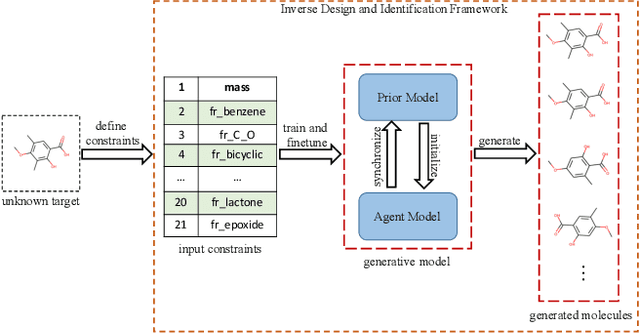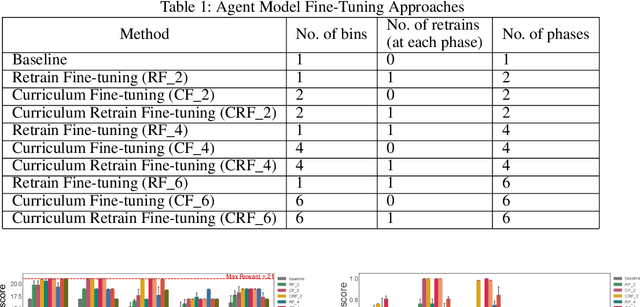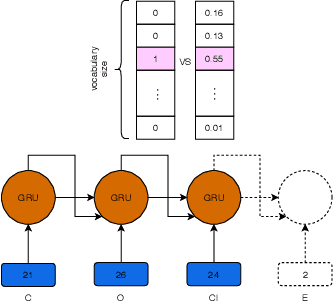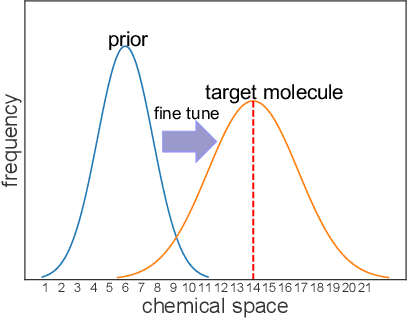Multiple-objective Reinforcement Learning for Inverse Design and Identification
Paper and Code
Oct 09, 2019



The aim of the inverse chemical design is to develop new molecules with given optimized molecular properties or objectives. Recently, generative deep learning (DL) networks are considered as the state-of-the-art in inverse chemical design and have achieved early success in generating molecular structures with desired properties in the pharmaceutical and material chemistry fields. However, satisfying a large number (larger than 10 objectives) of molecular objectives is a limitation of current generative models. To improve the model's ability to handle a large number of molecule design objectives, we developed a Reinforcement Learning (RL) based generative framework to optimize chemical molecule generation. Our use of Curriculum Learning (CL) to fine-tune the pre-trained generative network allowed the model to satisfy up to 21 objectives and increase the generative network's robustness. The experiments show that the proposed multiple-objective RL-based generative model can correctly identify unknown molecules with an 83 to 100 percent success rate, compared to the baseline approach of 0 percent. Additionally, this proposed generative model is not limited to just chemistry research challenges; we anticipate that problems that utilize RL with multiple-objectives will benefit from this framework.
 Add to Chrome
Add to Chrome Add to Firefox
Add to Firefox Add to Edge
Add to Edge